Looking at the rapidly evolving mixed reality landscape, we are witnessing a genuine paradigm shift. Samsung's Galaxy XR has just emerged as a formidable challenger to Apple's Vision Pro dominance, and the timing could not be more strategic. The hook is clear. Samsung, partnering with Google and Qualcomm, has delivered a premium mixed reality experience at $1,799, nearly half the cost of Apple's $3,499 Vision Pro. Half the price. That gets attention.
This is not just another tech company trying to replicate Apple. Samsung's philosophy feels fundamentally different, running on Android XR, Google's purpose-built platform for immersive computing, while Apple keeps refining its visionOS ecosystem. The real question is not simply which device has better specs, it is which vision will actually pull mixed reality into the mainstream.
Display quality: The battle for visual supremacy
Here is where the competition gets interesting. Samsung's Galaxy XR does not just match Apple's display technology, it surpasses it in key metrics that matter for long use. The Galaxy XR delivers dual 4K micro-OLED displays pushing 3,552 x 3,840 pixels per eye, totaling approximately 27 million pixels. Apple's Vision Pro lists a 3D Micro-OLED system totaling 23 million pixels (Apple tech specs), giving Samsung a meaningful advantage in overall pixel density.
Shift to refresh rate and the picture changes. Apple keeps an edge with refresh rate capabilities up to 120Hz compared to Samsung's 90Hz maximum, which translates to smoother motion and potentially reduced eye strain during long sessions. For field of view, Samsung posts 109 degrees horizontal and 100 degrees vertical versus Apple's roughly 100 degrees in both directions, so Samsung frames more of your world.
How does it look in practice? Early hands-on reports indicate that while Samsung boasts higher pixel counts, text clarity does not quite match the Vision Pro's sharpness. That suggests Apple's tight integration between hardware optimization and software rendering creates a more refined visual experience despite fewer total pixels.
Performance and processing power
Two philosophies, two chip paths. Apple's Vision Pro utilizes the M5 chip, a desktop-class processor featuring a 10-core CPU, a 10-core GPU, and a 16-core Neural Engine, delivering computational power that rivals many laptops and positioning the device as a genuine productivity machine.
Samsung takes a more mobile-centric approach with Qualcomm's Snapdragon XR2+ Gen 2 platform. It is efficient and AI optimized, a specialized mobile chipset designed for extended reality. The architectural gap shows up in benchmarks, where reported Geekbench 6 results for Snapdragon XR2+ Gen 2 vary (roughly ~1,000 single-core and ~2,000–2,500 multi-core across published runs), significantly lower than Apple's M5 capabilities.
Both devices ship with 16GB of RAM, so multitasking stays smooth. Apple offers more flexibility with storage options ranging from 256GB to 1TB, while Samsung sticks to a fixed 256GB configuration. The performance gap does not automatically equal a poor experience on the Galaxy XR. The Snapdragon XR2+ Gen 2 handles its intended workload efficiently, though complex 3D modeling and heavy multitasking will make the difference obvious.
Design philosophy and comfort
Physical comfort may be Samsung's most significant advantage. The Galaxy XR weighs just 545 grams compared to the Vision Pro's 750-800 grams, which makes long sessions substantially more comfortable. That is not a marginal difference, it is nearly half a pound off your face during extended work.
Samsung gets there through the strategic use of more affordable materials like plastic, while maintaining a premium feel that does not sacrifice durability. The Galaxy XR also uses a design where the seal does not completely block ambient light, letting you keep some peripheral awareness. Handy in a busy office, or any space where someone might tap your shoulder.
Battery life challenges both devices, a reminder of portable power limits in high performance wearables. Samsung's battery delivers approximately 2 hours of general use and 2.5 hours of video playback. Apple offers slightly better endurance at 2.5 hours general use and 3 hours of video. Both support use while charging, a simple way to stretch through longer sessions.
AI integration and software ecosystems
This is where the philosophies split. Samsung's Galaxy XR features deep integration with Google's Gemini AI, which can understand surroundings through the headset's cameras and provide contextual assistance through eye contact, voice commands, or simple hand gestures. It even extends to practical touches like Circle to Search in passthrough mode. Look at an object, make the gesture, get the info.
Apple focuses on ecosystem polish. The Vision Pro runs visionOS with access to over 1 million compatible apps, though truly native spatial apps number in the hundreds. Use your Mac as a virtual display, continue work across devices, stick with familiar tools. It feels cohesive if you already live in Apple land.
Samsung's Android XR platform provides access to thousands of 2D Android apps through the Play Store, a different yet expansive app universe. For enterprise, Samsung's approach of supporting deployment of custom XR apps without waiting for approval from a single app store could speed rollouts where tailored solutions matter.
The AI comparison is stark. While Apple's Siri remains limited to basic commands on the Vision Pro, Samsung's Gemini AI offers a more conversational, context aware experience that can see and understand your environment, then surface help proactively.
Which headset offers better value?
Value sets the chessboard. At nearly half the cost of Apple's Vision Pro, the Galaxy XR puts advanced XR tech within reach of a broader audience while delivering comparable visual quality and functionality. Factor in the Explorer Pack valued at over $1,000, featuring subscriptions to YouTube Premium, Google AI Pro, Google Play Pass, and NBA League Pass, and the package looks even more appealing for mainstream users.
Apple's Vision Pro justifies its premium through superior processing power, more refined hand and eye tracking, and tighter integration for Mac and iPhone owners. If you are already invested in Apple's ecosystem, the seamless flow and polish can make the price feel acceptable, especially for demanding creative work or complex productivity stacks.
PRO TIP: The choice often comes down to your existing ecosystem preferences and intended use cases. For users invested in Android and Windows ecosystems, the Galaxy XR offers better device compatibility and significantly lower cost, while Apple users benefit from seamless integration despite the higher price point.
What feels especially strategic about Samsung's positioning is how the company frames this as a device built for everyday work rather than creative pros and early adopters. That messaging targets mainstream business adoption, opening doors for organizations that found the Vision Pro's cost prohibitive.
The future of mixed reality competition
This head to head fight signals more than a simple product comparison, it shows mixed reality maturing into true mainstream viability. Samsung's rapid iteration pace has outstripped both Apple and Qualcomm in bringing enterprise ready XR to market, a sign the Korean tech giant is serious about leadership in this category.
The timing matters because the hardware has finally become light enough and the software mature enough for XR to escape the pilot phase and enter real world deployment. We are seeing companies like Samsung Heavy Industries use these devices for digital shipbuilding simulations, cutting onboarding time and training costs, proof points that mixed reality is moving beyond novelty into genuine productivity.
Looking ahead, both companies are treating current headsets as stepping stones. Samsung has lightweight Galaxy XR glasses planned for 2026 in partnership with Gentle Monster and Warby Parker, while Apple continues refining its ecosystem approach with rumors of a more affordable "Vision Air" model. Expect the rivalry to intensify, pushing innovation and making mixed reality more accessible.
The broader context is hard to ignore. AI-powered wearables are preparing to challenge smartphones as the primary computing interface, and both Samsung and Apple are positioning for that turn. Samsung's Galaxy XR acts as a bridge between smartphones and future AR glasses, while Apple's Vision Pro sets the premium tier for spatial computing.
As this competition evolves, consumers win. We now have viable premium mixed reality options at different price points, each with distinct strengths tied to user needs and existing tech preferences. The real test is which approach, Samsung's accessible AI first strategy or Apple's premium ecosystem integrated path, ultimately drives broader adoption in everyday work and personal life.







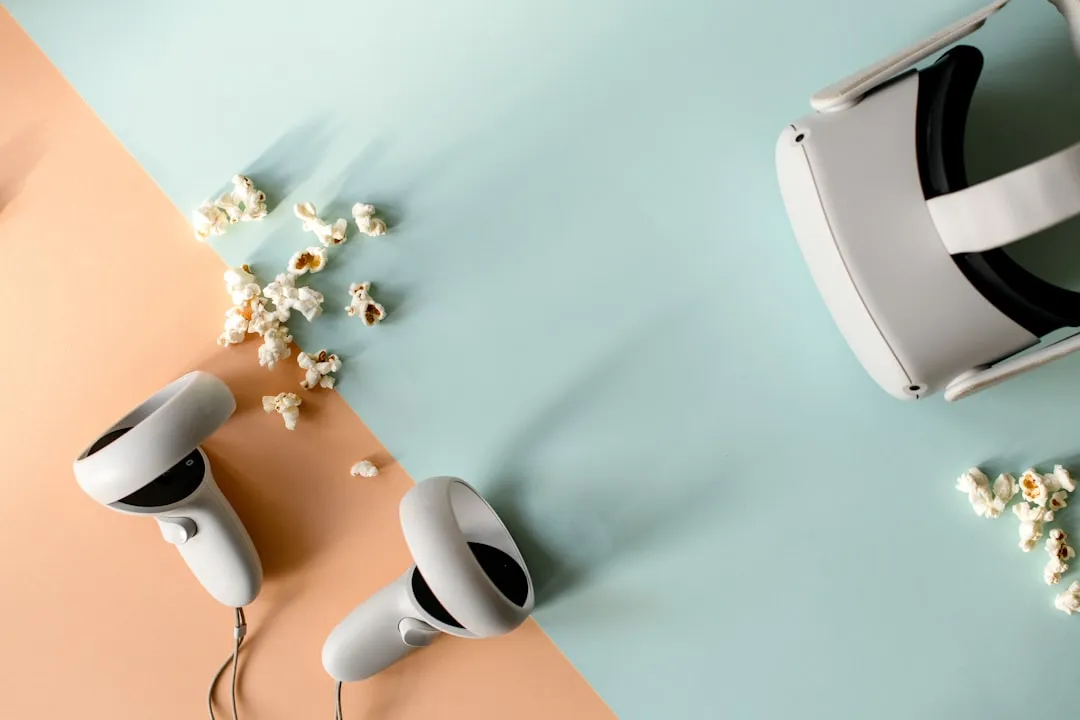

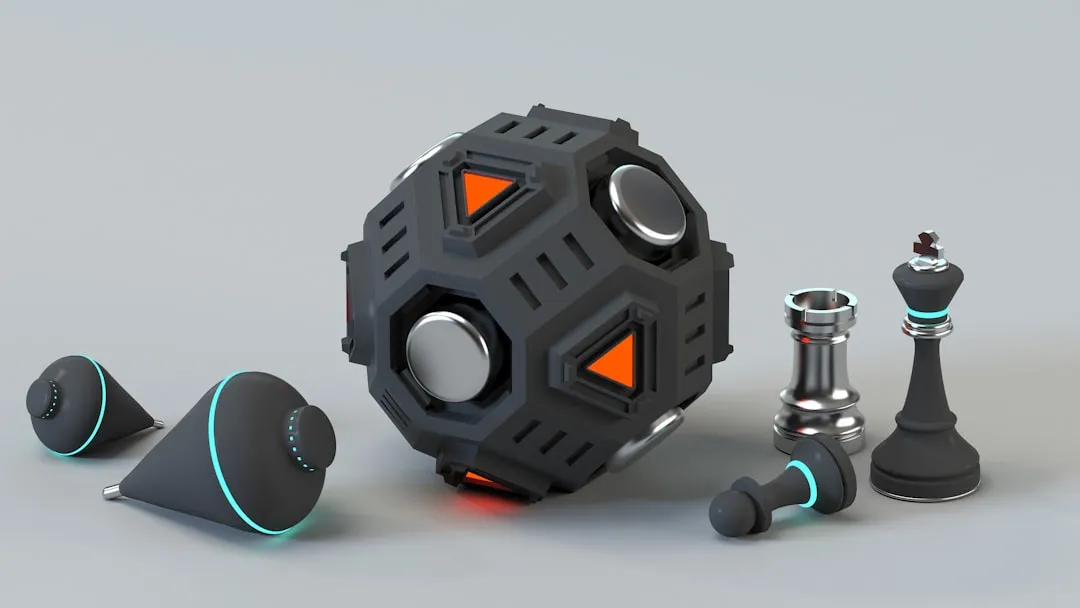

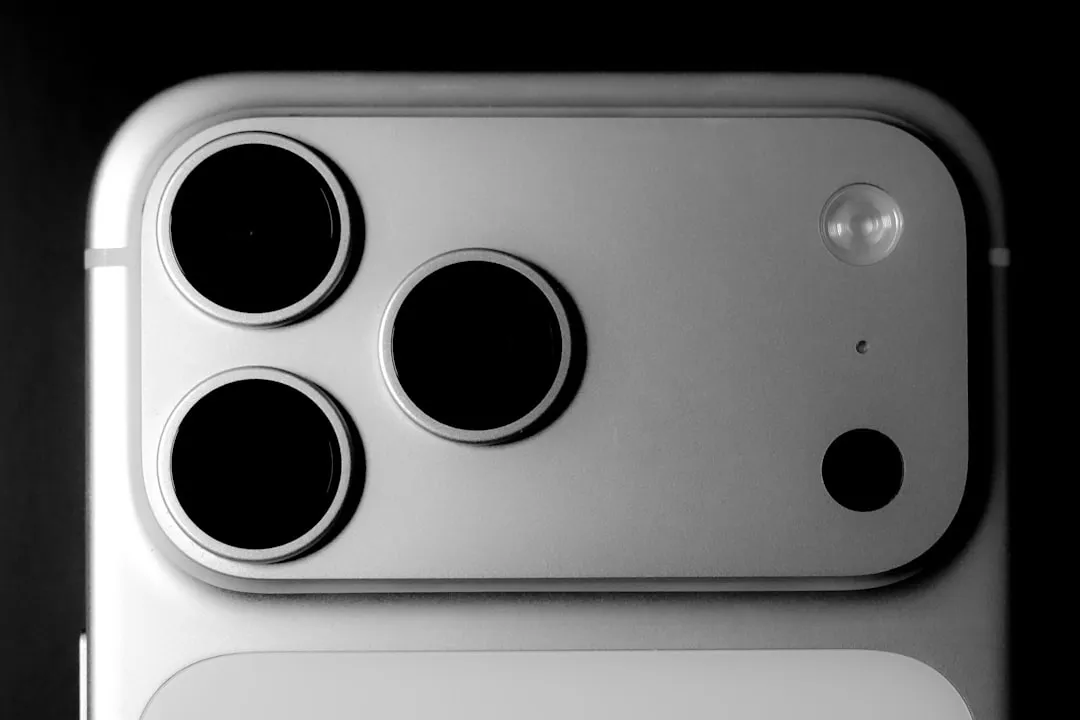
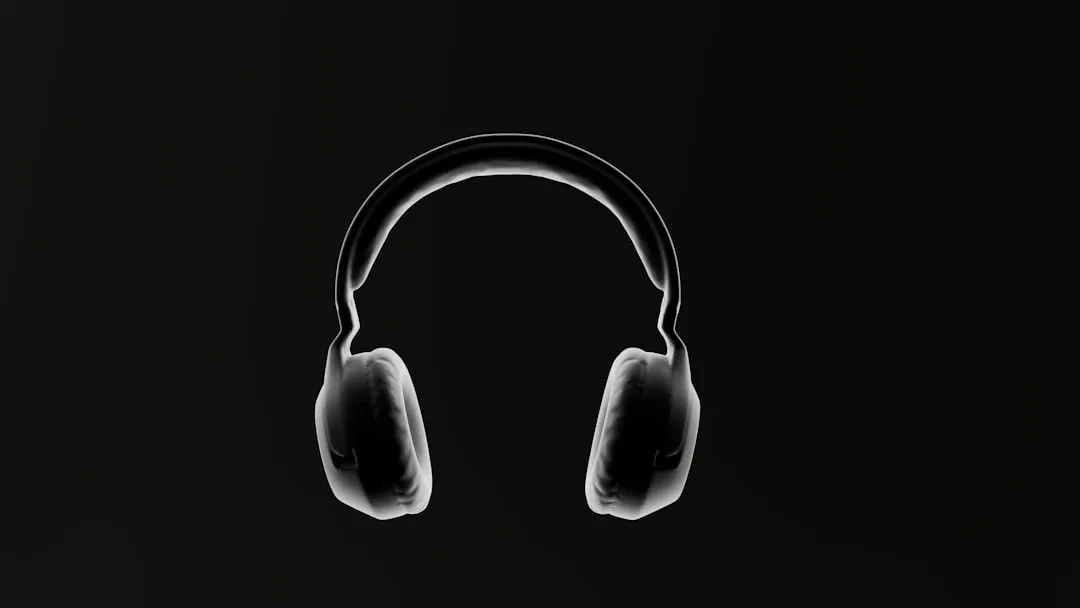








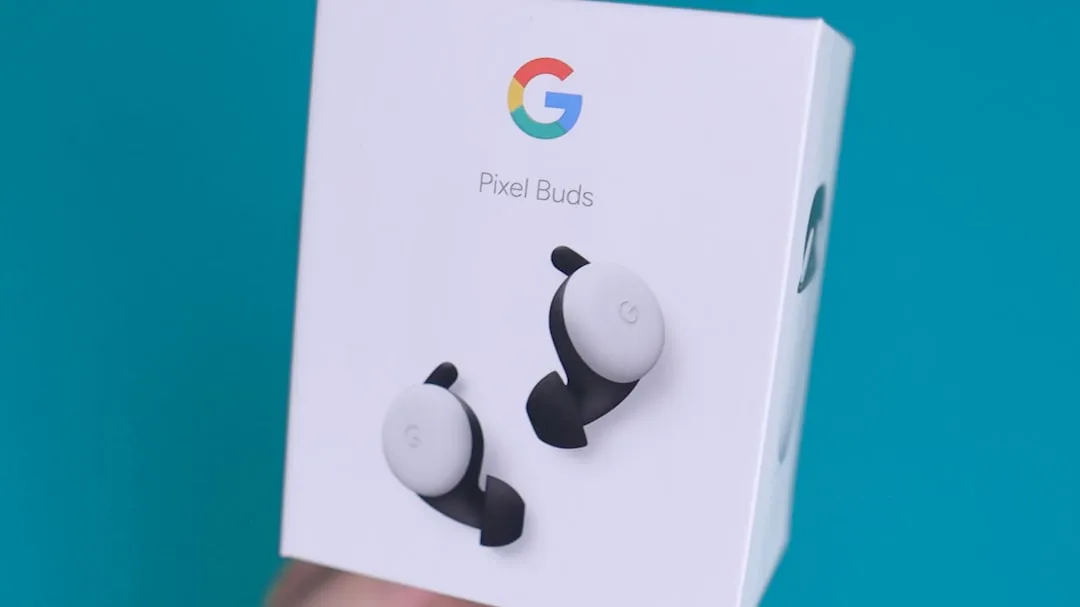


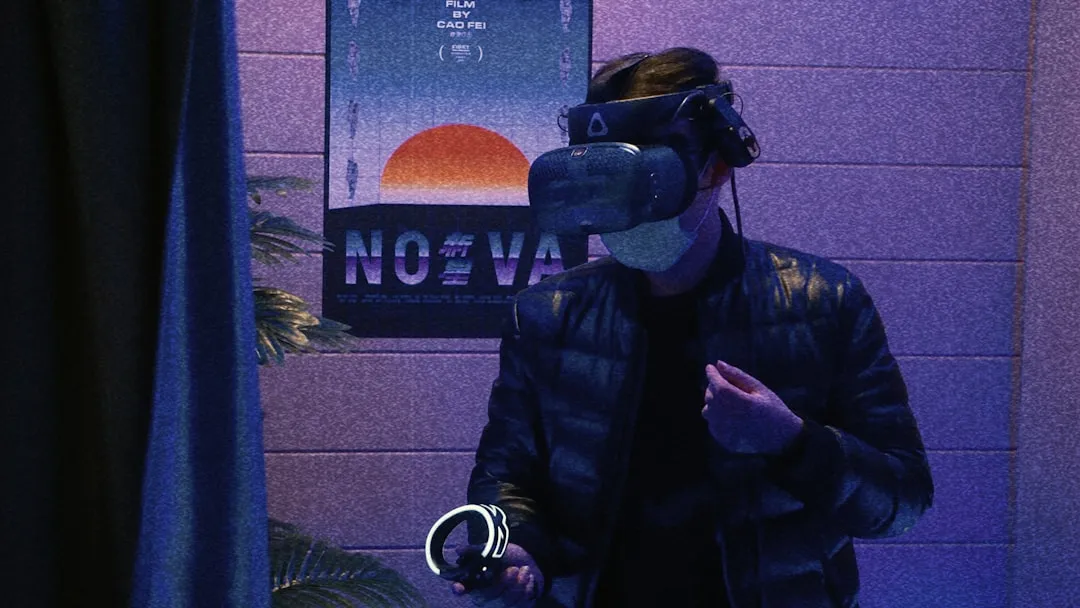
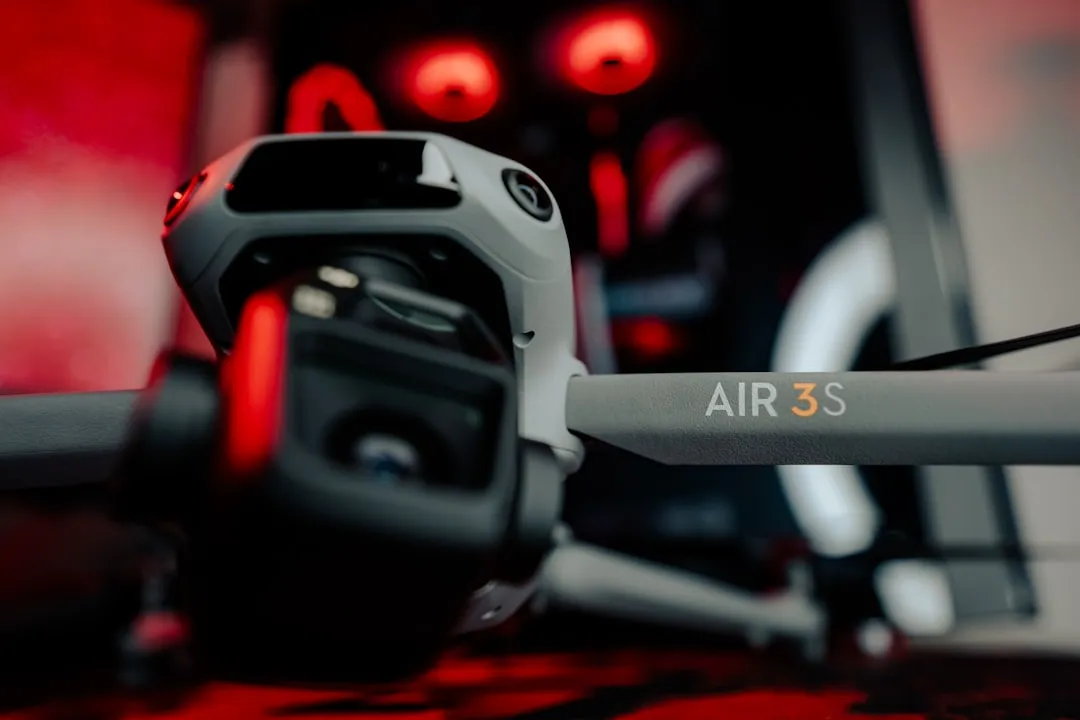
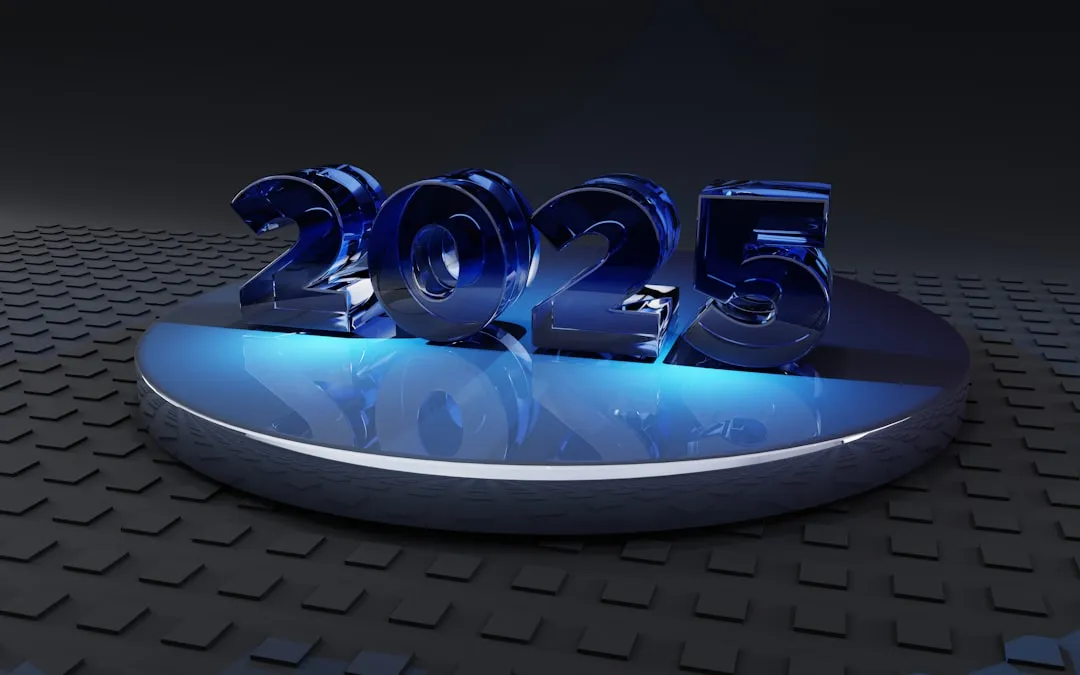
Comments
Be the first, drop a comment!